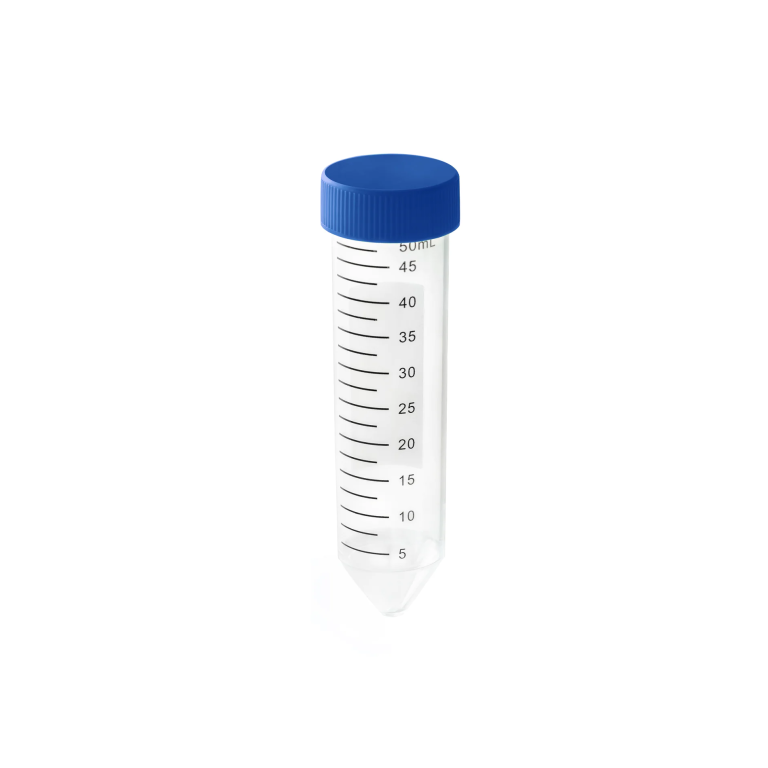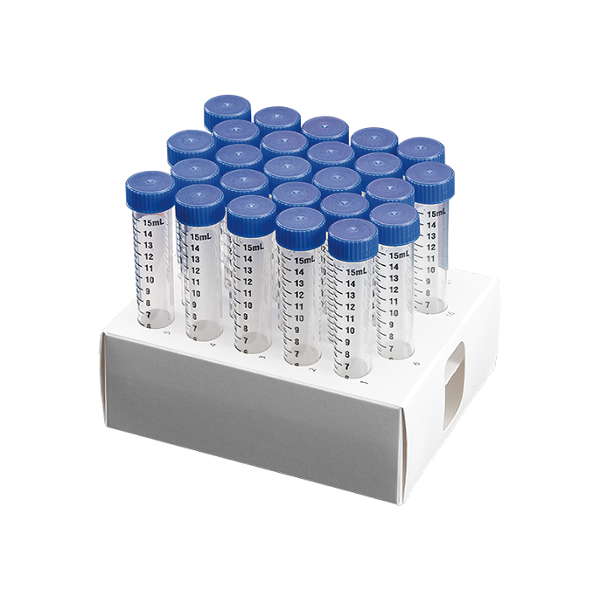Choosing the right size and material for centrifuge tubes depends on several factors, including the type of sample, centrifugation speed, and chemical compatibility. Here’s how to make the right choice:
### 1. **Size of Centrifuge Tube**
– **Sample volume**: Select a tube that accommodates the volume of your sample, while leaving some space for expansion (e.g., with liquids). Common sizes include:
– **Microcentrifuge tubes** (0.5 mL to 2 mL) for small volumes.
– **Standard centrifuge tubes** (15 mL, 50 mL) for larger samples.
– **Centrifuge capacity**: Ensure the tube size fits your centrifuge rotor. Some centrifuges can handle specific sizes, so match the tube to the available rotor slots.
### 2. **Material of Centrifuge Tube**
– **Plastic (Polypropylene or Polyethylene)**: These are the most commonly used tubes for most lab applications due to their durability and chemical resistance.
– **Polypropylene (PP)**: Suitable for a wide range of chemicals and can withstand high-speed centrifugation. Ideal for biological samples, DNA/RNA extractions, and protein work.
– **Polyethylene (PE)**: More flexible and lower density, often used for low-speed centrifugation.
– **Glass**: Glass tubes are used for certain chemical reactions but are less common due to their fragility. They are suitable for lower-speed centrifugation and highly corrosive substances.
– **Polycarbonate**: Lightweight and resistant to impact, used in high-speed centrifugation, but not ideal for organic solvents or strong acids/bases.
– **PTFE (Teflon)**: Highly resistant to harsh chemicals and solvents but typically more expensive and used for specialized applications.
### 3. **Centrifugation Speed**
– **High-speed centrifugation**: Requires strong materials like polypropylene, polycarbonate, or even special reinforced tubes to withstand the centrifugal force without breaking.
– **Low-speed centrifugation**: More flexible options like polyethylene or glass are acceptable.
### 4. **Chemical Compatibility**
– Consider the solvent or reagents in your sample. For example:
– **Organic solvents**: Polypropylene or glass is often preferred.
– **Acids and bases**: Teflon or glass can handle harsher chemicals.
– **Biological samples**: Polypropylene is generally resistant to biological reagents and can handle freezing and autoclaving.
By balancing these factors, you can select the ideal centrifuge tube for your specific laboratory application.


